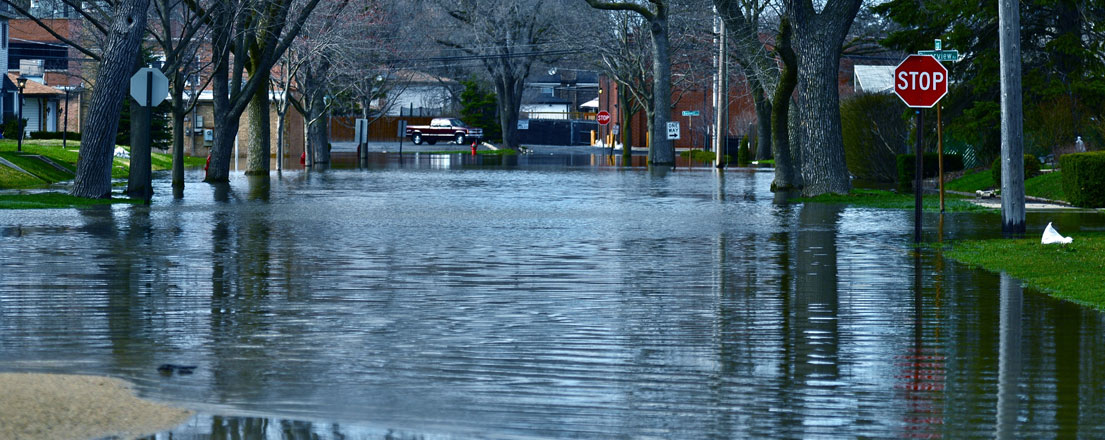
Planning for Your Health: How to Protect Yourself in Emergencies
Natural disasters made the news in a big way these past few years. Daily life was devastated for tens of millions of people in Puerto Rico, Texas, California and here in Michigan. But just because you’re in a region without flooding or wildfires doesn’t mean you won’t be affected. Eight out of 10 Americans live in counties that have had weather-related disasters within the last 10 years.
Also, about half of all adults and over one in four children have at least one chronic health condition, according to the Centers for Disease Control and Prevention. If you lose power or roads are blocked, you may not be able to access needed medications or visit a health facility. Without power you might not be able to re-order prescriptions or be notified when they are ready. So, to prepare, experts say, assemble an emergency kit that includes your health essentials. Take these steps now.
Prep a health emergency kit
Your emergency kit, says Mary Casey-Lockyer, senior associate, disaster health services for the American Red Cross, should include prescriptions and medications, a health history and the names of health care providers and insurance information. Update it every year. “Keep that history with you on an index card in your wallet, and keep it updated,” she says. “In emergency response situations, we try hard to replace medications that are lost or left behind. If you have one of those cards, it’s much easier for health services volunteers to help you.”
Imagine a world without power
Hurricane Irma in 2017 disrupted power for 7.3 million homes. Nearly every customer of Florida Power & Light had no electricity. “Losing power impacts every portion of your life,” says Casey-Lockyer. Consider adding to your health emergency kit a hand-crank charging device, a battery-operated radio and a solar charger. If electricity is critical (for example, to power an oxygen concentrator), you might want to buy a generator.
Dig deep with your health care provider
Get to know the ins and outs of your condition and medication, Casey-Lockyer says, to understand which challenges you may face if there’s a natural disaster. For instance, are your prescription renewals expired? If you run out, what does that mean?
Ask your doctor more about your treatment. “Many medications stay in your system for several days, so understand how long can you go without,” Casey-Lockyer says. “Or if you can’t get to an infusion clinic for chemotherapy on the date you’re supposed to, what do you need to know? Primary care physician offices would like to have that proactive activity from patients.” In addition, Casey-Lockyer says, many cities have local emergency plans that may help assist people with chronic health care conditions. Check to see how yours fits into your health emergency plan.
Don’t forget travel
You may not always be at home when you come across severe weather. Pay attention to the forecast and news for any trips.
Healthy? Good. But you still need to plan.
“A lot of people don’t have a chronic condition or don’t live somewhere that gets hit often with natural disasters. They think, ‘Nothing will happen to me or nothing will happen to me here,’” Casey-Lockyer says. But some things, such as losing power, are a threat to everyone. Parents, grandparents and caregivers should keep the needs of children top of mind.
“One thing I think disaster response could improve on is how do we meet the dietary needs of children,” Casey-Lockyer says. “If you are putting together a disaster kit, think about what it looks like for your children, and how you protect their health and give them comfort in very uncertain times.”
Find your helpers
A support system is crucial during times of stress, says Casey-Lockyer. Make sure to identify someone you can call and say, “I need help,” she says.
Go to ready.gov to get tips on how to plan for disasters.
Categories: Get Healthy